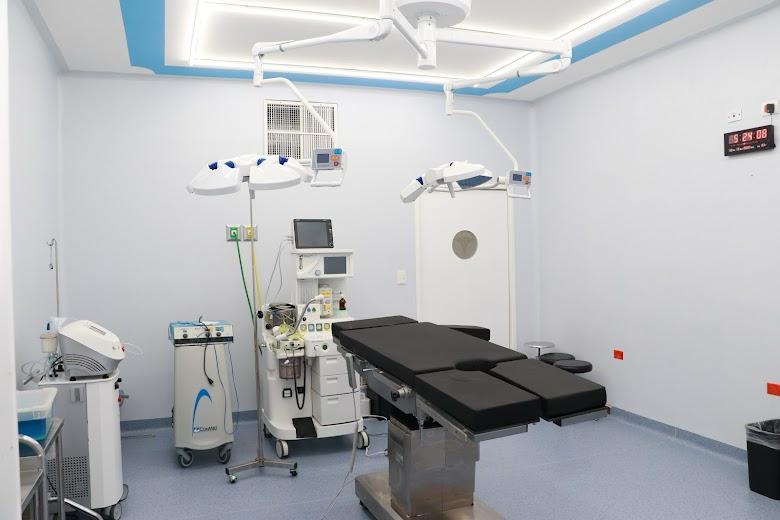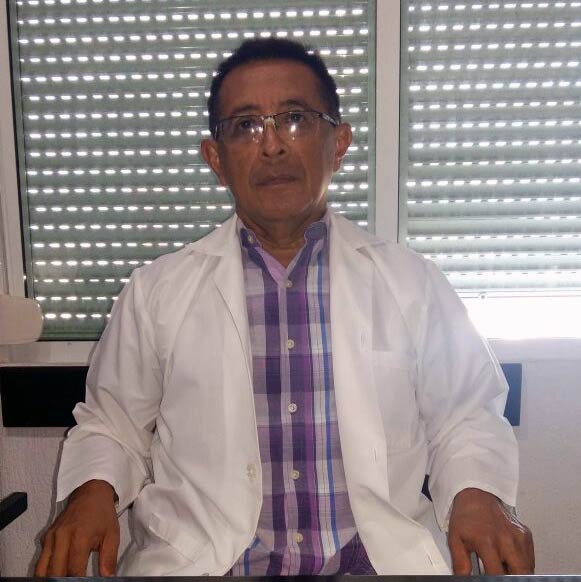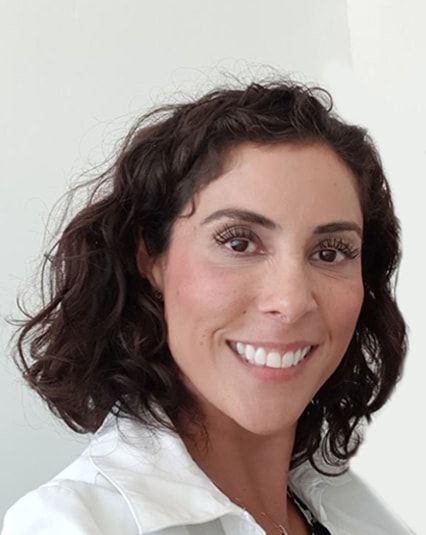Is one of the most common plastic surgery procedures in Plastic Surgery Center. Liposuction is a plastic surgery procedure designed to remove fat from a specific body area, to re-shape and re-contour the figure.
In women, fat deposits tend to accumulate more directly from the waist down.
In men, fat deposits accumulate in particular:
- the waist
- the abdomen
- The sides of the waist
FAQS:
What are my expectations for a Liposuction?
At your liposuction surgery consultation you will be assigned to the specialist that will evaluate your overall health, fatty deposit areas and the condition of your skin. This consultation is to determining the most appropriate treatment techniques best suited for your liposuction surgery at Plastic Surgery Center.
In order to determine your health status to proceed liposuction surgery at GPSC, the specialist will run some medical examinations. These pre-surgery medical examinations include lab work and a preoperative cardiac evaluation.
The specialist plastic surgeon will take some pre-surgery shots to evaluate the areas of concern and will further advise on the liposuction surgery treatments recommended, details about your liposuction surgery at GPSC, including location of the incisions and risks of liposuction surgery at GPSC, pre-operative and post-operative care, as well as Liposuction surgery recovery time.
After the surgery discussion with your specialist, we will schedule a liposuction surgery date and you will be providing with the necessary instructions to be prepared for your liposuction surgery at Plastic Surgery Center.
Liposuction procedure can last between 2-4 hours depending on the areas being treated. The type of anesthesia used in liposuction is light sedation typically known as "twilight" sedation plus an epidural spinal block.
Following your liposuction surgery at GPSC, one night in the hospital will be necessary and the surgeon will conduct a follow up with you before leaving the hospital. In addition, your next plastic surgery follow up appointment will be scheduled.
What are the Benefits of a Liposuction?
Liposuction has a slimming effect on the treated areas. It can be used in multiple areas of the body, including the abdomen, thighs, buttocks, hips ("love handles"), back, and even the upper arms, neck, and chin. It’s an affordable and safe surgery, which is usually performed on an outpatient basis. Anesthesia is used for optimal comfort. One of the advantages of the tumescent and ultrasonic-assisted approaches is the reduction of post-operative swelling, bruising, and soreness.
What are the Risks of a Liposuction?
Potential risks of liposuction include asymmetry or irregularities of body contours (e.g., rippling or bagginess), changes in skin pigment, fluid retention, and infection. Tumescent liposuction can sometimes result in some drainage from the incision sites.
Who are the best candidates for liposuction?
Men and women in good physical condition with good skin elasticity are the best candidates. They are people with specific areas of fat deposits that have failed to eliminate them through diet and exercise.
In what areas is liposuction effective?
Any area where excess fat deposits can be treated, including chin, neck, cheeks, arms, thighs (inner and outer) buttocks, knees, hips and abdomen. In men, the growth of the nipples (gynecomastia) can also benefit from this treatment.
Post-Operative Care & Recovery time:
How long does it take to recover from Liposuction surgery?
Liposuction recovering is gradual, and it is very important to start walking as soon as possible. You will begin to feel better after the first week and you can return to your normal activities in a ´period of two weeks from the date of your liposuction. Physical activity is not allowed for the first 3 weeks after liposuction surgery, such as exercising, running, swimming, etc., until your body has fully recovered. Although most of the swelling and bruising disappear within six weeks from your liposuction surgery in Mexico- some swelling can remain for up to six months, though. Immediately after your liposuction surgery, you see a noticeable difference in the shape and contours of your body.
Must remain at rest for 5 to 7 days, after which you can return to normal life. The strong exercise not recommended until 2 or 3 weeks after the operation.
Swelling and discoloration may occur in the area, which is completely normal. It usually disappears during the first month.
The doctor will prescribe pain medication for discomfort.
The stitches are generally removed at 7 days.
However, the improvement will continue to be more evident after three weeks from your liposuction surgery, when a large amount of the swelling has subsided.
You will be able to see the final results of your liposuction surgery in Mexico after six months.
Continue with a healthy eating and a nutritional regimen, while maintaining a regular work-out to in order to foster the results of your liposuction surgery.



